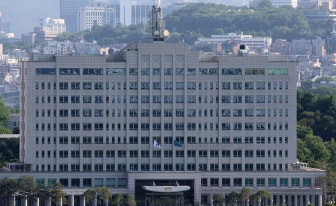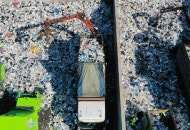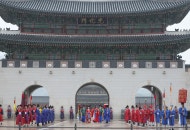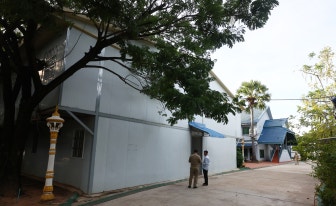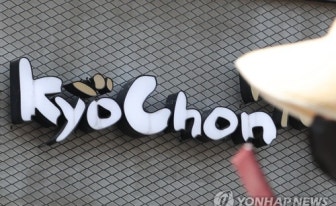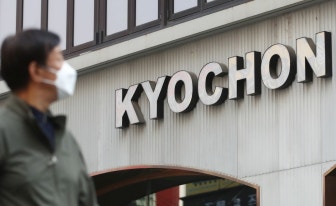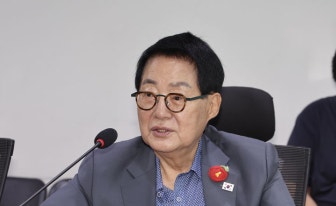| The Shaheen project is under construction at S-Oil’s Onsan plant in Ulsan on Tuesday. (S-Oil) |
ULSAN — Amid a forest of soaring towers, tanks and tangled metal structures, S-Oil’s sprawling Shaheen complex in Ulsan is fast taking shape — a vivid testament to the company’s determination to transform from a traditional oil refiner into a future-oriented petrochemical powerhouse.
From an observation deck overlooking the seventh district of the site, the 9.26 trillion won ($6.47 billion) megaproject appears nearly ready for operation. Cranes still dot the skyline, but the progress is unmistakable — 85 percent complete as of Oct. 15, with commercial operations scheduled for the second half of 2026.
“Last October, total project completion stood at just 40 percent, with construction at 23 percent,” said Lee Hyun-young, control director of Hyundai Engineering and Construction’s Shaheen project team. “In a single year, construction has advanced by 50 percent. It’s on time, on plan and on vision.”
Despite a global petrochemical slowdown, S-Oil’s Shaheen project is forging ahead — and with confidence. The company, whose largest shareholder is Saudi Aramco, believes the new facility will redefine competitiveness through cutting-edge efficiency and innovation rather than capacity alone.
At the heart of this ambition is the world’s first commercial application of Thermal Crude-to-Chemicals technology — a breakthrough process that converts crude oil directly into high-value chemicals such as liquefied natural gas and naphtha, boosting yields by up to four times compared to conventional refining.
When completed, the complex will include a steam cracker, TC2C facilities, a polymer plant and massive storage tanks capable of producing 1.8 million tons of ethylene annually — equivalent to roughly 13 percent of Korea’s current output. Ethylene, dubbed “the rice of industry,” forms the base material for countless products, from plastics to textiles and automotive parts.
An S-Oil official said that while profitability will depend on market conditions, long-term demand looks solid. “Korea still imports more than half of its ethylene demand due to high domestic costs,” the official said. “We are also in talks with nearby petrochemical firms in Ulsan and Onsan to establish pipeline-based feedstock supply contracts.”
The scale of the project is immense. The 880,000-square-meter site holds 98,000 tons of steel structures — 13 times the weight of the Eiffel Tower — and hosts an average of 11,000 workers daily. Prefabrication and modular construction have been key to maintaining both pace and safety.
“The plant is massive, yet highly efficient in design,” said Lee, the project director. “Prefabricating large equipment off-site allowed us to minimize congestion and speed up installation.”
S-Oil views Shaheen as more than an expansion — it is a strategic shift toward high-value-added, low-carbon growth. Once operational, the facility will double the share of petrochemicals in S-Oil’s total production, from 12 percent to around 25 percent.
“The new complex will streamline operations, optimize energy use and cut emissions,” an S-Oil official said. “Shaheen will not only strengthen S-Oil’s vertical integration but also mark a new leap forward for Korea’s petrochemical industry," Lee added.
As cranes continue to rise over Ulsan’s skyline, the Shaheen project stands as a symbol of industrial renewal rather than retreat — proof that even in a challenging market, innovation and persistence can build the foundation for the next era of growth.



